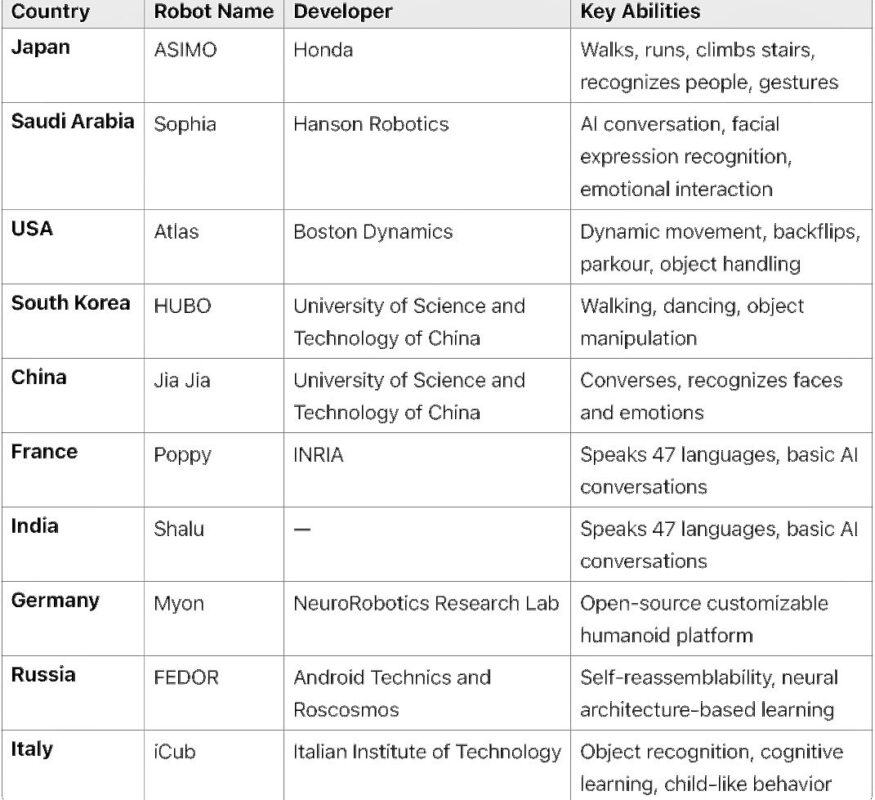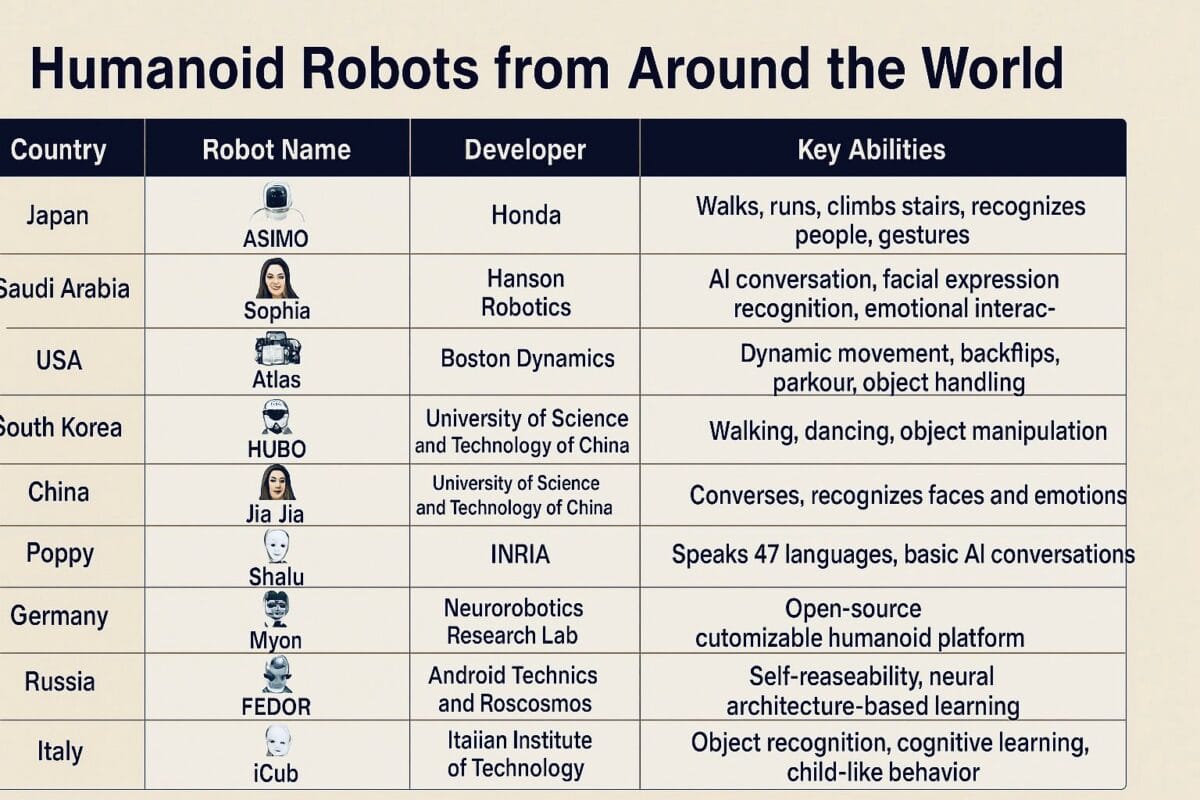In a world where wires learn to dream and machines mimic our smiles, the boundaries between man and metal begin to blur. This article isn’t just about humanoid robots—it’s about the reflections of ourselves that we’re sculpting from silicon and steel. It matters because as we build them, we also reimagine what it means to be human.
A Story-like Introduction: The Mirror That Walks
Once, in the quiet hum of a forgotten lab, a figure stood. Not quite human, yet not entirely machine. It blinked. It turned. It raised its hand like a newborn discovering fingers for the first time. The scientist watching it didn’t just see wires and algorithms. She saw a whisper of tomorrow.
Since the myth of Pygmalion or Da Vinci’s mechanical knight, we’ve dreamed of crafting beings in our own image. Today, humanoid robots are no longer fantasy. They walk among us—in factories, in care homes, on space stations. But what does it mean when the mirror starts to walk?
What is a Humanoid Robot?
A humanoid robot is a robot designed to resemble the human body—whether in partial form (like a head or arm) or in full bipedal design. But more than form, it’s about function. These robots aim to move, talk, learn, and interact like us.
• Mimic human posture, gait, and gestures
• Use AI to recognize speech, expressions, or objects
• Serve in industries like healthcare, education, customer service, and research
• Often designed with two arms, two legs, and a face-like interface
Key Figure:
Yoshiyuki Sankai, founder of Cyberdyne, famously said:
“Humanoid robots are not meant to replace us—but to become companions in a shared human-robot ecosystem.”
Source: IEEE Robotics & Automation Magazine
Historical Evolution of Humanoid Robots
This journey didn’t begin with AI chips. It began with dreams, gears, and daring thinkers.
Summary:
From early automata to AI-enhanced androids, humanoid robots evolved across centuries—reflecting the eras that built them.
• 1495 – Leonardo da Vinci sketches a mechanical knight
• 1921 – The term “robot” coined in Karel Čapek’s play R.U.R.
• 1973 – WABOT-1, the world’s first full-scale humanoid robot, created in Japan
• 2000s-Present – Boston Dynamics’ Atlas and Hanson Robotics’ Sophia redefine robotic capabilities
Notable Quote:
“The real risk isn’t that machines will become like humans, but that humans will become like machines.” – Sherry Turkle, MIT
Famous Humanoid Robots Changing the World
- Sophia by Hanson Robotics
• First robot to receive citizenship (Saudi Arabia)
• Can hold conversations, express over 60 emotions
• Often speaks on AI ethics, the future of work, and consciousness - Atlas by Boston Dynamics
• Dynamic humanoid robot capable of running, jumping, backflipping
• Used in disaster response simulations and military research - ASIMO by Honda
• Pioneered human-like walking and obstacle avoidance
• Retired in 2018, but its legacy continues in research


Research Source:
Robotics Business Review, 2024 Report on Active Humanoid Models
Applications of Humanoid Robots
Humanoid robots are not just tech marvels—they are workers, helpers, and partners in real human lives.
Summary:
From operating rooms to classrooms, humanoid robots serve in tasks too dangerous, delicate, or repetitive for humans.
• Healthcare: Assisting elderly, performing surgeries, offering companionship
• Education: Teaching languages, supporting neurodiverse children
• Space Exploration: NASA’s Robonaut assists astronauts on ISS
• Customer Service: Receptionists, guides, translators
Quote:
“Robots will not replace teachers—but they may become teaching assistants.” – Dr. Cynthia Breazeal, MIT Media Lab
Ethical and Philosophical Reflections
As machines grow more like us, we face profound questions.
Summary:
Do humanoid robots deserve rights? Can they feel? Should they replace humans in care or company?
• Ethical concerns about emotional attachment
• Legal ambiguity over AI rights and citizenship
• Bias in facial recognition and interaction data
Important Figures:
• Alan Winfield, robot ethicist
• Noel Sharkey, AI policy expert
Survey Insight:
A 2023 survey by Pew Research found 62% of respondents felt “uncomfortable” with humanoid robots caring for children or the elderly.
Challenges in Humanoid Robotics Development
Despite headlines, creating lifelike robots remains complex.
Summary:
Balancing mechanical structure, AI precision, and human-like behavior is a technical and artistic challenge.
• Cost: A single unit can cost $100,000+
• Movement: Bipedal walking still unstable under varied conditions
• Emotion Simulation: Mimicking subtle expressions is incredibly difficult
• Power: High energy consumption vs. low battery efficiency
The Future: Humanoids Among Us
We stand on the edge of a reality where humanoids live, work, and perhaps dream alongside us.
Summary:
Future humanoids may not just serve—they may create, empathize, and learn. But the key lies in how we choose to shape them.
• Integration with neural interfaces and brain-computer communication
• Co-evolution of human-robot society (e.g., Japan’s robot-care integration plan 2030)
• Rise of emotion-sensitive AI assistants
• Possibility of humanoids as artists, authors, or companions
Futurist Quote:
“Humanoid robots are not our replacements. They are the children of our collective imagination.” – Ray Kurzweil
• The field of humanoid robotics is growing exponentially, projected to reach $15 billion USD by 2030.
• Social integration of humanoids depends more on human perception than robotic capability.
• Education and ethical programming are crucial as we embed these beings in human lives.
• The line between biology and technology may blur, but the heart of robotics must remain human-centric.
People also search for
1. Do humanoid robots bring us closer to understanding ourselves?
2. Can a machine truly simulate emotion—or just the illusion of it?
3. How do we ensure humanoid AI reflects ethical values?
4. What role will robots play in future education systems?
5. Would you trust a humanoid to care for your loved ones?
6. Can humanoid robots ever become part of the family?
7. Are we at risk of emotional dependency on machines?
8. How should we balance innovation with ethical boundaries?
9. What does it mean to be “human” in a world with human-like machines?
10. Will humanoids help us become more human—or less
11.What is humanoid robot?
Final Note:
This isn’t just an article about machines. It’s a reflection on ourselves—on how we build, what we dream, and where we go from here. The humanoid robot is not the end of the human story—it’s a new chapter waiting to be written.





